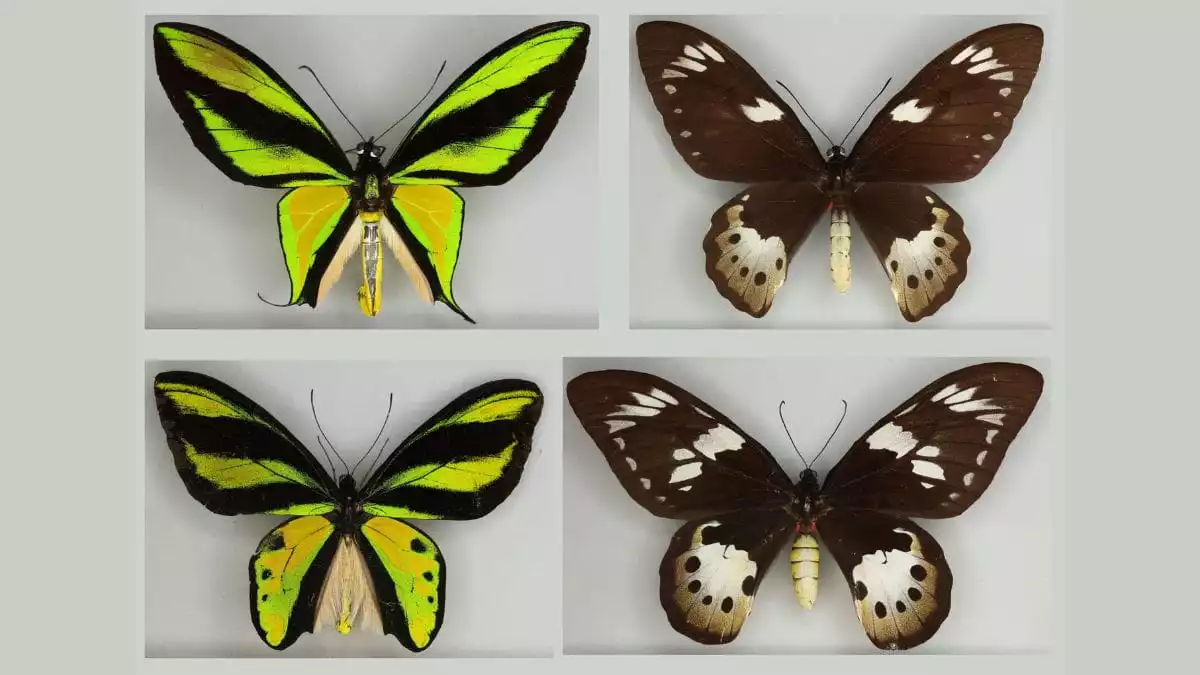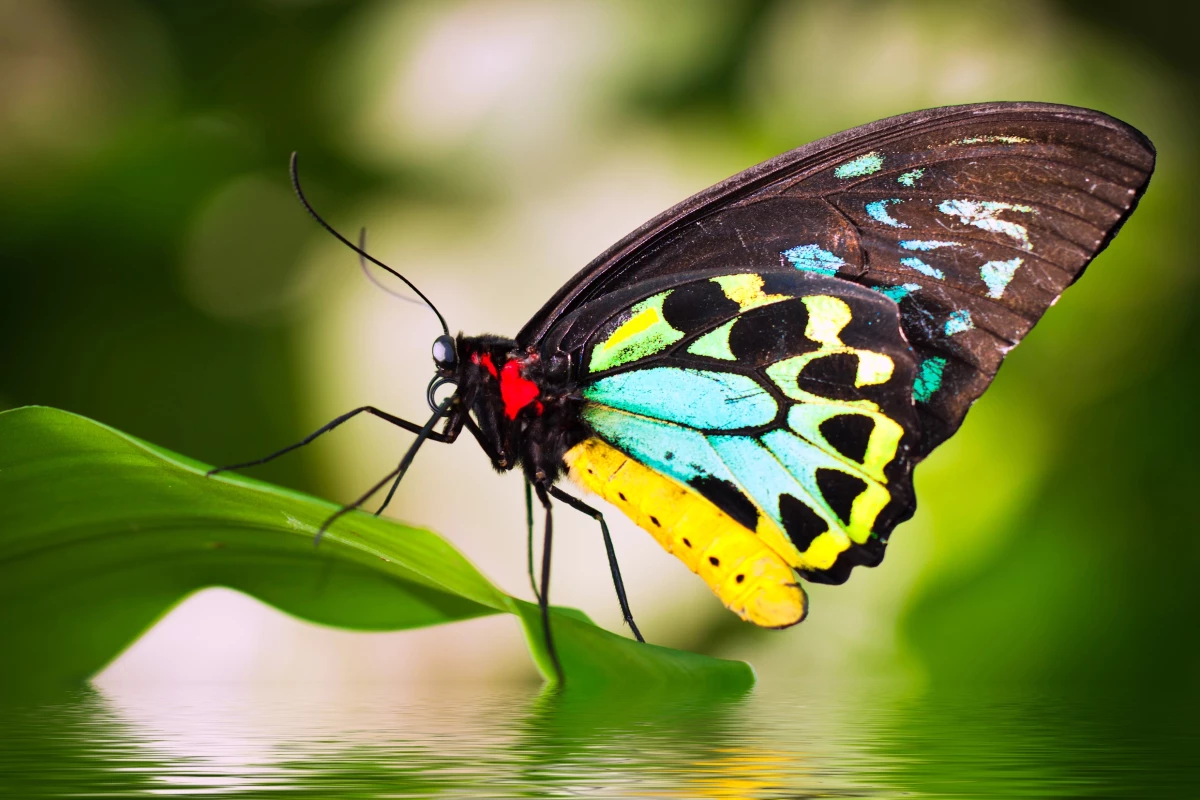In the 1800s, a conflict between the founding fathers of evolution divided the community. Charles Darwin believed sexual selection drove the variation in butterfly colors and patterns of males, while contemporary rival Alfred Russel Wallace disagreed, predicting that broader natural selection played as important a role.
Darwin was adamant that sexual selection was not part of natural selection but solely related to differences in mating success. Natural selection covers a broader range of factors that contribute to an individual's overall 'fitness.'
In 2024, 150 years or so after these two iconic British evolutionary scientists began their heated rivalry over who was right, researchers have employed machine learning to settle the score. Scientists from the University of Essex, in collaboration with the Natural History Museum and AI research institute Cross Labs, Cross Compass, have used AI to analyze "sexual and interspecific variation" found across 16,734 dorsal and ventral images of birdwing butterflies.
It's the first time these visual differences have been assessed across the many species of birdwing butterflies, which were chosen because of their bright and dramatic appearance and distinct differences in intraspecific males and females.
"This is an exciting time, when machine learning is enabling new, large-scale tests of longstanding questions in evolutionary science," said Jennifer Cuthill, from the School of Life Sciences at the University of Essex. "For the first time we are able to measure the visible extents of evolution to test how much variation is present in different biological groups and among both males and females. Machine learning is giving us new information on the evolutionary processes which generate and maintain biodiversity, including in historically neglected groups."

In this case, those "historically neglected groups" are females across species. This has largely been due to ease – evolutionary differences in males, particularly before the advent of better analysis techniques, are more obvious to the human eye than seen in corresponding females. And in this study, machine learning was able to detect previously unseen subtle evolutionary changes in female butterflies.
What they found was that, well, Darwin and Wallace were both correct in their predictions. The data suggests that while mate selection does drive changes in male butterfly appearance, changes observed in females over time indicate it's not all about sex but broader selection. The Natural History Museum's photographs, when analyzed, revealed that while the males often have the most distinct shape and pattern shifts, both sexes contribute to diversity on a broader scale.
"High visible diversity among male butterflies supports the real-world importance of sexual selection from female mate choice on male variation, as originally suggested by Darwin," Cuthill said. "Cases where female butterflies are more visibly diverse than the males of their species, support an additional, important role for naturally selected female variation in inter-species diversity, as suggested by Wallace.
"In this case study of birdwing butterfly photographs, it is sex that appears to have driven the greatest evolutionary change, including extreme male shapes, colors and patterns," the researcher added. "However, within the group of birdwing butterflies, we found contrasting examples where female birdwing butterflies are more diverse in visible phenotype than males, and vice versa."
While Darwin and Wallace came to many of the same, or similar, evolutionary thoughts at the same time, one became much more of a household name. The pair, who enjoyed writing letters to each other, had a competitive but civil relationship. Darwin once wrote to Wallace that few things in life were more "satisfactory" to him "that we have never felt any jealousy towards each other, though in one sense rivals.”
We suspect neither predicted that, just over a century since Wallace's death (he outlived Darwin by more than three decades), a computer would deem them both right when it came to butterfly evolution.
"Large-scale studies of evolution using machine learning offer new opportunities to resolve debates that have been outstanding since the founding of evolutionary science," said Cuthill. "Birdwings have been described as among the most beautiful butterflies in the world. This study gives us new insights into the evolution of their remarkable but endangered diversity."
The study was published in the journal Communications Biology.
Source: University of Essex





